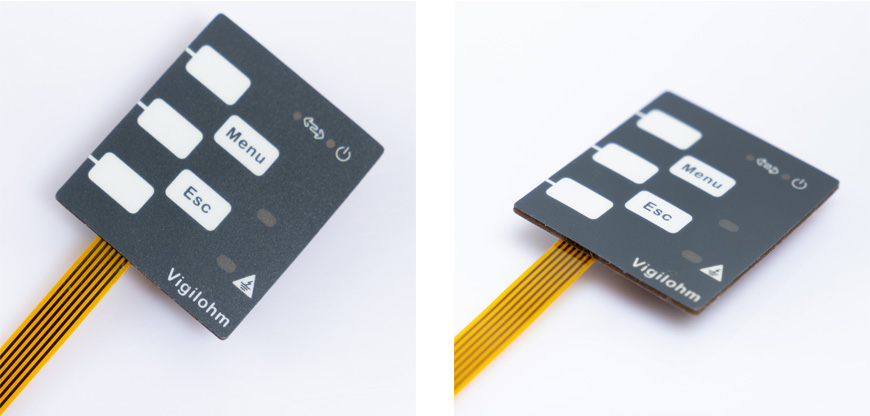
In the world of electronic circuitry, the quest for efficiency, functionality, and cost-effectiveness is unending. One of the key considerations in this pursuit is the incorporation of capacitive circuits within the four-layer structure. This article will delve into the intricate details of how the inclusion of capacitive circuits can profoundly impact both the functionality and cost of electronic devices.

Before we dive into the capacitive circuit option, let's first establish a solid foundation by understanding what a four-layer structure entails. In essence, a four-layer structure refers to a printed circuit board (PCB) configuration that consists of four distinct layers: the signal layer, ground plane layer, and two power plane layers. These layers play a pivotal role in ensuring the proper functioning of electronic devices.
Now, let's shift our focus to capacitive circuits and their significance within the four-layer structure. Capacitive circuits, or capacitors, are electronic components designed to store and release electrical energy. They consist of two conductive plates separated by a dielectric material.
One of the primary advantages of integrating capacitive circuits into a four-layer structure is the enhancement of signal integrity. Signal integrity is crucial in electronic devices, as it directly impacts their overall performance. By strategically placing capacitors in the PCB, it becomes possible to stabilize voltage levels, reduce noise, and mitigate electromagnetic interference.
In addition to signal integrity, capacitive circuits contribute to the stability and reliability of electronic devices. They act as reservoirs of electrical energy, ensuring that voltage fluctuations are kept in check. This stability is particularly important in applications where consistent and uninterrupted operation is paramount.
While capacitive circuits offer numerous benefits, it's essential to address the cost implications of their inclusion in a four-layer structure. Capacitors themselves are relatively inexpensive components, but the overall cost impact depends on various factors.
During the initial manufacturing phase, incorporating capacitive circuits may lead to a slightly higher production cost. This is due to the need for additional components, as well as the complexity of the PCB layout. However, these costs can often be offset by the long-term benefits.
Over the lifespan of electronic devices, the inclusion of capacitive circuits can result in substantial long-term savings. The improved reliability and reduced maintenance requirements can lead to lower operational costs. Additionally, the enhanced performance of devices can justify the initial investment.
To maximize the advantages of capacitive circuits while minimizing costs, careful design considerations are essential. Engineers must strike a balance between the number and size of capacitors, their placement on the PCB, and the specific requirements of the electronic device.
In conclusion, the incorporation of capacitive circuits within a four-layer structure has a profound impact on both functionality and cost. These circuits enhance signal integrity, improve stability, and contribute to the overall reliability of electronic devices. While there may be some initial manufacturing cost implications, the long-term benefits, including reduced operational expenses, make them a valuable addition to electronic circuitry.
1. Are capacitive circuits the same as batteries?
No, capacitive circuits store and release electrical energy differently from batteries. They are used for short-term energy storage and stabilization.
2. Can capacitors be added to existing electronic devices?
In some cases, yes. However, it often requires modifications to the PCB layout and design.
3. Do capacitive circuits work with all types of electronic devices?
Capacitive circuits can be adapted for various applications, but their suitability depends on the specific requirements of the device.
4. What are some common dielectric materials used in capacitors?
Common dielectric materials include ceramic, tantalum, aluminum oxide, and polyester.
5. How can I determine if capacitive circuits are beneficial for my electronic project?
Consult with an experienced electrical engineer or PCB designer to assess your project's requirements and feasibility.